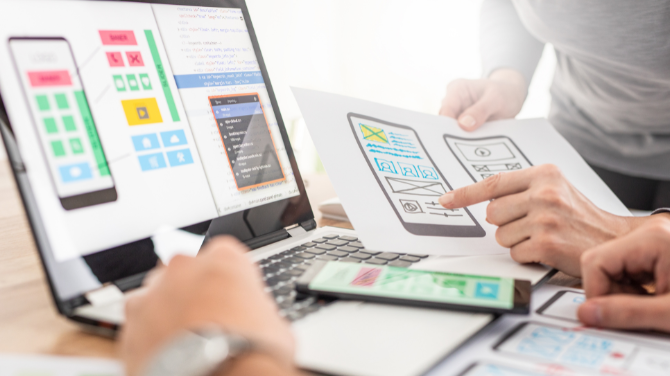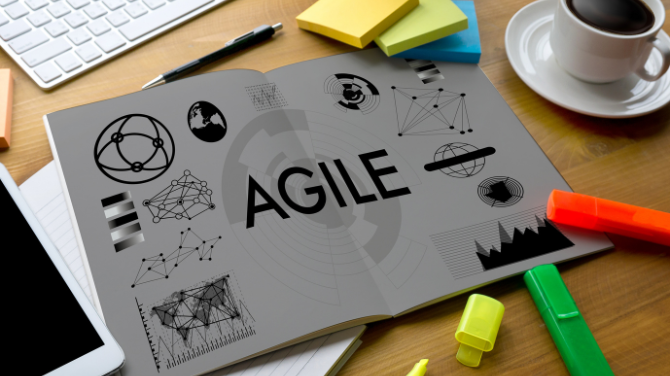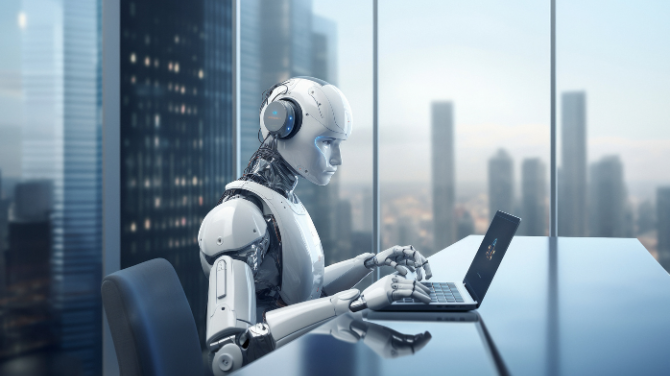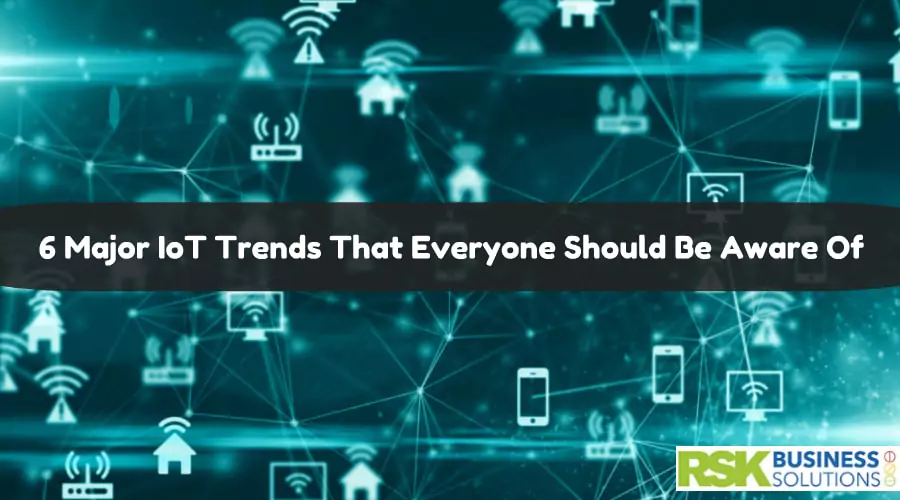
Internet of Things – a technologically advanced concept where data collected from sensors and devices aim to improve the Quality of Experience (QoE) for end users. Estimated to generate more than 500 zettabytes of data per year by 2019, IoT’s growth is expected to be exponential and can be deduced by the increase in the use of wearable tech and inventions.
The IoT encompasses all things connected — like a smart home to a connected car.
Related Articles

IT Outsourcing
RSK BSL Tech Team
May 4, 2025
|
|

Mobile Application Development
RSK BSL Tech Team
April 30, 2025
|
|
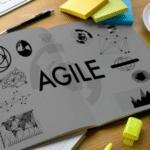
Software Development
RSK BSL Tech Team
April 27, 2025
|
|
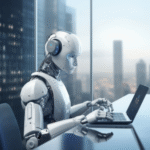
Hire resources
RSK BSL Tech Team
April 24, 2025
|
|

Software Development
Praveen Joshi
April 20, 2025
|
|

Artificial Intelligence
Praveen Joshi
April 17, 2025
|
|

Pen Testing
Praveen Joshi
April 15, 2025
|
|

AI Tech Solutions
RSK BSL Tech Team
April 14, 2025
|
|

Software Development
RSK BSL Tech Team
April 9, 2025
|
|

Pen Testing
RSK BSL Tech Team
April 7, 2025
|
|

Software Development
RSK BSL Tech Team
April 3, 2025
|
|

Cloud Application
RSK BSL Tech Team
March 31, 2025
|
|

Pen Testing
Praveen Joshi
March 27, 2025
|
|

Software Development
RSK BSL Tech Team
March 25, 2025
|
|

Software Development
RSK BSL Tech Team
March 20, 2025
|
|

Software Development
RSK BSL Tech Team
March 18, 2025
|
6 Major IoT Trends That Everyone Should Be Aware Of
Internet of Things – a technologically advanced concept where data collected from sensors and devices aim to improve the Quality of Experience (QoE) for end users. Estimated to generate more than 500 zettabytes of data per year by 2019, IoT’s growth is expected to be exponential and can be deduced by the increase in the use of wearable tech and inventions.
The IoT encompasses all things connected — like a smart home to a connected car.
Here are six major IoT trends that everyone should be aware of:
1. Consumer Adoption
Acquity Group’s Internet of Things (IoT) Study of 2014 surveyed 2000 consumers across the US to examine consumer adoption of connected devices and smart technology, now and in the future. Consumer adoption of in-home smart appliances and wearable technology is on the rise. More consumers plan to purchase and use an in-home IoT device in the next two years which include smart thermostats, self-driving vacuum cleaners and smart refrigerators to name a few. The trend forecast says there will be widespread adoption of connected technology over the next five years.
2. Blockchain for IoT Security
IoT is centralised, and blockchain is decentralised, meaning data is saved in blocks and can be accessed without a centralised system. The two may not seem like a process that works together, but there is more than what meets the eye. According to hackernoon, “A blockchain is a distributed ledger that maintains a growing number of data records and transactions. Since blockchain technology is decentralized, there is no central authority or specific administrator is necessary.”
IoT’s centralisation makes it susceptible to security challenges, that can be reduced with it being decentralised. In this context, blockchain technology ensures the successful processing of multiple transactions, tracking and coordination of millions of smart devices, and proper management of data at various levels.
3. Data Analytics
Data by default is an ever expanding part of any business, making it intrinsically linked to IoT. The rapid growth of data is leading to widespread adoption of IoT as it is an estimate of 30.73 billion IoT connected devices by 2020.
As per definition, Data Analytics (DA) is defined as a process, which is used to examine big and small data sets with varying data properties to extract meaningful conclusions in the form of trends, patterns, and statistics, and actionable insights.
IoT analytics in turn aid business organizations to engage with data to implement effective decision-making processes.
4. Cloud Computing: The Future of IoT
Future Internet is fuelled by Internet of Things and Cloud Computing. IoT provides a common global platform to combine seamless networks and networked devices. Cloud Computing on the other hand is known to provide backend solutions to process huge data streams and computations. It holds the potential to overcome the challenges faced by the connection of all seamless networks in the future.
IoT is an integration platform which collects data. Cloud is the huge storage space for the data which allows data analysis to create applications which can make a difference to end users.
So basically, the cloud allows IoT applications to store, process and access large volumes of data at any given point of time and place.
5. Data Convergence
Analysing and leveraging large sets of data, called big data, to understand patterns, trends and association aid companies to move forward. Big data is usually data accumulated since the day of inception and hence requires proper organizational and analytical technologies to be employed. The patterns recognised post analysis of big data can be used to increase revenues and productivity while decreasing necessary spending. This data convergence from a variety of networks and media is possible through the process of IoT analytics.
6. Computing Moving to the Edge
Edge computing is the new cool and refers to a network’s algorithms that actually touch the real world. For example, security cameras and sensors. These kinds of devices collect a sizeable amount of data, though it is considered useless in most cases since very little of this data is legitimately used.
It is because of IoT that these devices will carry out their own computation. Example: Auto-deleting messages or photos in the trash album after a period of 30 days. IoT devices will analyse data using ML capabilities to make sure a business’ edge computing doesn’t go waste.
In simpler words, the Internet of Things is about collecting and transmitting huge amounts of data through systems in real-time, while also ensuring the protection of all data and communication.
Statista’s survey that predicts a growing consumption of IoT to $1.4 trillion in 2020 is key to the fact that it is about time for all businesses to adapt to this fast adopting change.
Praveen Joshi
Praveen is a seasoned IT Solutions Leader and Director at RSK Business Solutions, a technology-driven IT Consulting Company that specializes in Bespoke Software Development, Agile Consulting, Mobile App Development, Smart Sourcing, and much more. For the last 17 years, he has been delivering quality custom IT solutions that help businesses achieve their goals.

 Share
Share Post
Post Tweet
Tweet Copy
Copy
